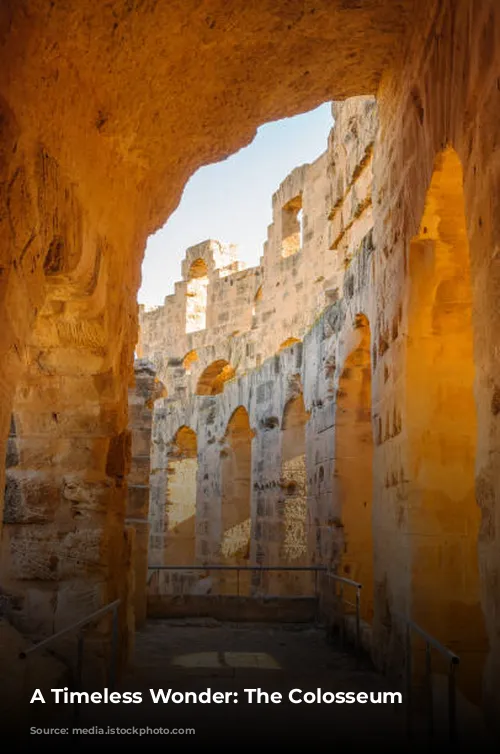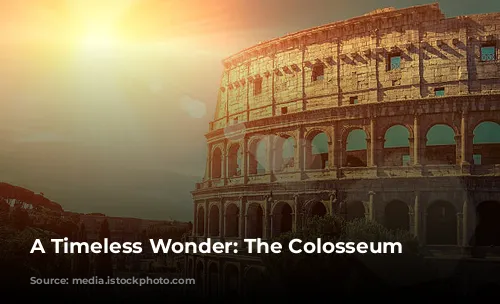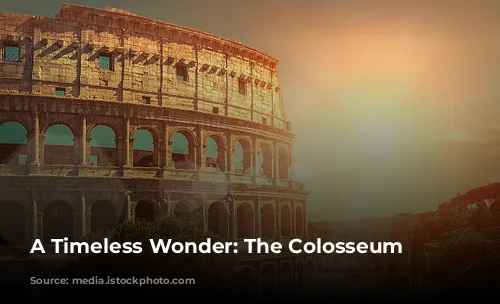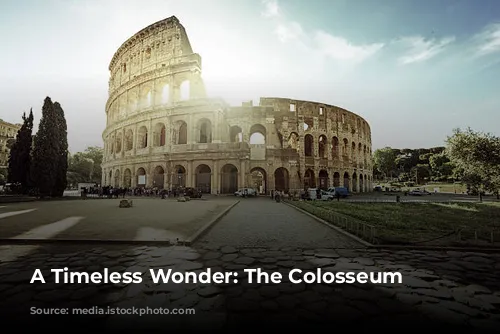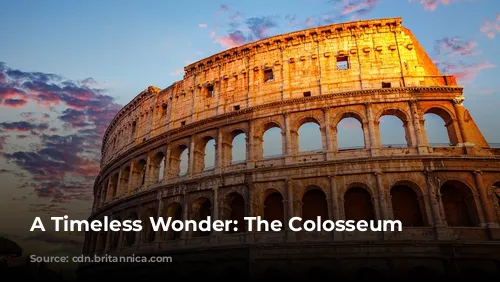The Colosseum, a majestic relic of the Roman Empire, stands as a testament to the architectural and engineering genius of the ancient world. This iconic structure, one of the few remaining relatively intact examples of Roman grandeur, attracts millions of visitors each year, making it a vital source of revenue for the Italian government. In 2018 alone, the Colosseum, Roman Forum, and Palatine Hill collectively generated over $63.3 million (€53.8 million), solidifying their status as the most popular tourist attractions in Italy.
From Arena to Fortress
The Colosseum’s journey through time has been marked by both glory and neglect. After the fall of the Western Roman Empire, the structure fell into disrepair. During the 12th century, it was repurposed as a fortress by the powerful Frangipane and Annibaldi families. In the late 15th century, Pope Alexander VI granted permission for the Colosseum to be used as a quarry, resulting in its further deterioration. After over a thousand years of neglect, state-funded restoration efforts finally began in the 1990s, bringing renewed attention to this historical marvel.
A Vision of Imperial Power
The Colosseum’s construction was a testament to the ambition of the Flavian emperors, who sought to revitalize Rome after the turbulent year known as the “Year of the Four Emperors” in 69 CE. Like other amphitheatres, the Colosseum was envisioned as a grand entertainment venue, designed to captivate the Roman public with spectacles of gladiatorial combat, thrilling animal hunts, and even mock naval battles.

A Legacy of Blood and Stone
The Colosseum’s construction began under the Roman emperor Vespasian between 70 and 72 CE. His son and successor, Titus, dedicated the completed structure in 80 CE, marking a significant milestone in Roman history. The Colosseum’s fourth story was added by the emperor Domitian in 82 CE. It’s important to remember that the arena was financed with spoils from Titus’s conquest of Jerusalem in 70 CE, and built using enslaved Jewish laborers from Judea.
A Monument to Roman Engineering
The Colosseum, also known as the Flavian Amphitheatre, is an elliptical structure constructed of stone, concrete, and tuff. Rising four stories high at its apex, it measures an impressive 620 by 513 feet (189 by 156 meters) and once accommodated as many as 50,000 spectators. The Colosseum became synonymous with gladiatorial combat, serving as a stage for thrilling displays of strength and skill.
A Symbol of Imperial Renewal
The Colosseum’s location, just east of the Palatine Hill, on the grounds of Nero’s former Golden House, was symbolic. The artificial lake, once the centerpiece of the palace complex, was drained, and the Colosseum was erected in its place. This was a conscious decision, not only practical but also symbolic. Vespasian, who ascended to the throne from humble beginnings, chose to replace the tyrannical emperor’s private lake with a public amphitheater that could accommodate tens of thousands of Romans.
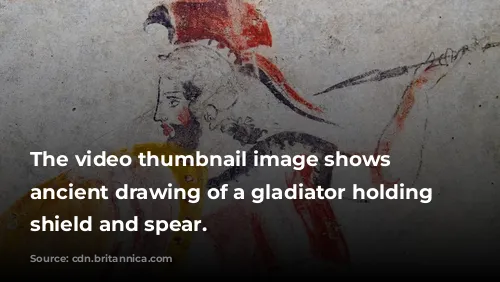
A Masterpiece of Architectural Innovation
The Colosseum stands apart from earlier amphitheatres, which were typically carved into hillsides for stability. The Colosseum is a freestanding structure, built with a complex system of barrel vaults and groin vaults, showcasing the innovative engineering techniques of the Roman Empire. Its three lower stories are adorned with arcades framed by engaged columns in the Doric, Ionic, and Corinthian orders, a design that later influenced Renaissance architecture. The Colosseum’s construction materials include travertine for the main structure and facade, volcanic tufa for the secondary walls, and concrete for the inner bowl and arcade vaults.
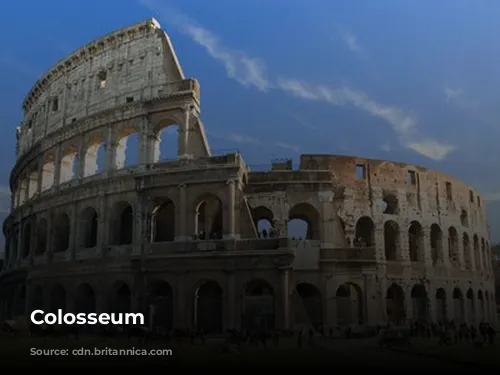
A Stage for Spectacle and Entertainment
The Colosseum’s massive scale and design accommodated up to 50,000 spectators, who were protected from the sun by a retractable awning known as a velarium. Supporting masts extended from corbels built into the Colosseum’s top story, and hundreds of Roman sailors were needed to manipulate the rigging that extended and retracted the awning. The Colosseum was the site of countless gladiatorial contests, battles between men and animals, and even mock naval engagements. However, the extent of the arena’s use for early Christian martyrdom remains uncertain.
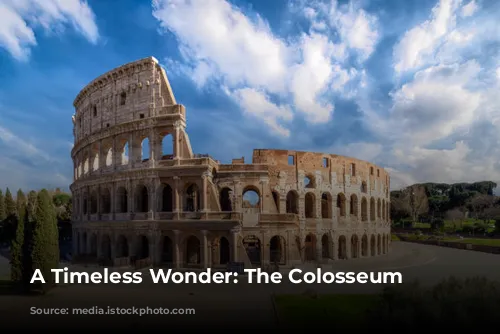
From Glory to Neglect and Renewal
During medieval times, the Colosseum was repurposed as a church and later as a fortress by the Frangipane and Annibaldi families. Over time, the Colosseum suffered damage from lightning strikes, earthquakes, and vandalism, along with the effects of pollution. All the marble seats and decorative elements were stripped away, leaving the site as a quarry for over a thousand years. The preservation of the Colosseum finally began in earnest in the 19th century, spearheaded by efforts led by Pius VIII. The 1990s saw a major restoration project, breathing new life into this historical landmark.
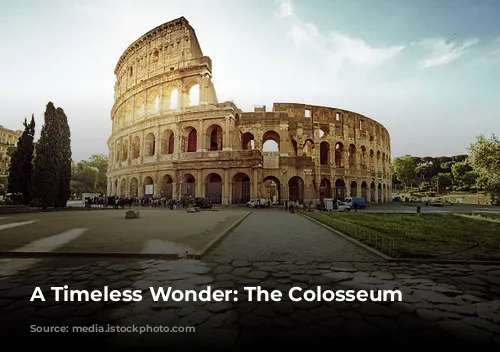
A Lasting Legacy
The Colosseum, now one of Rome’s most popular tourist destinations, receives almost seven million visitors annually. Regular exhibitions showcasing the culture of ancient Rome are held within its walls, offering visitors a glimpse into the past. The Colosseum’s enduring presence stands as a testament to the enduring power of Roman ingenuity, architecture, and the timeless fascination with ancient history. It remains a symbol of the Roman Empire’s legacy, a reminder of the past, and a source of inspiration for generations to come.
